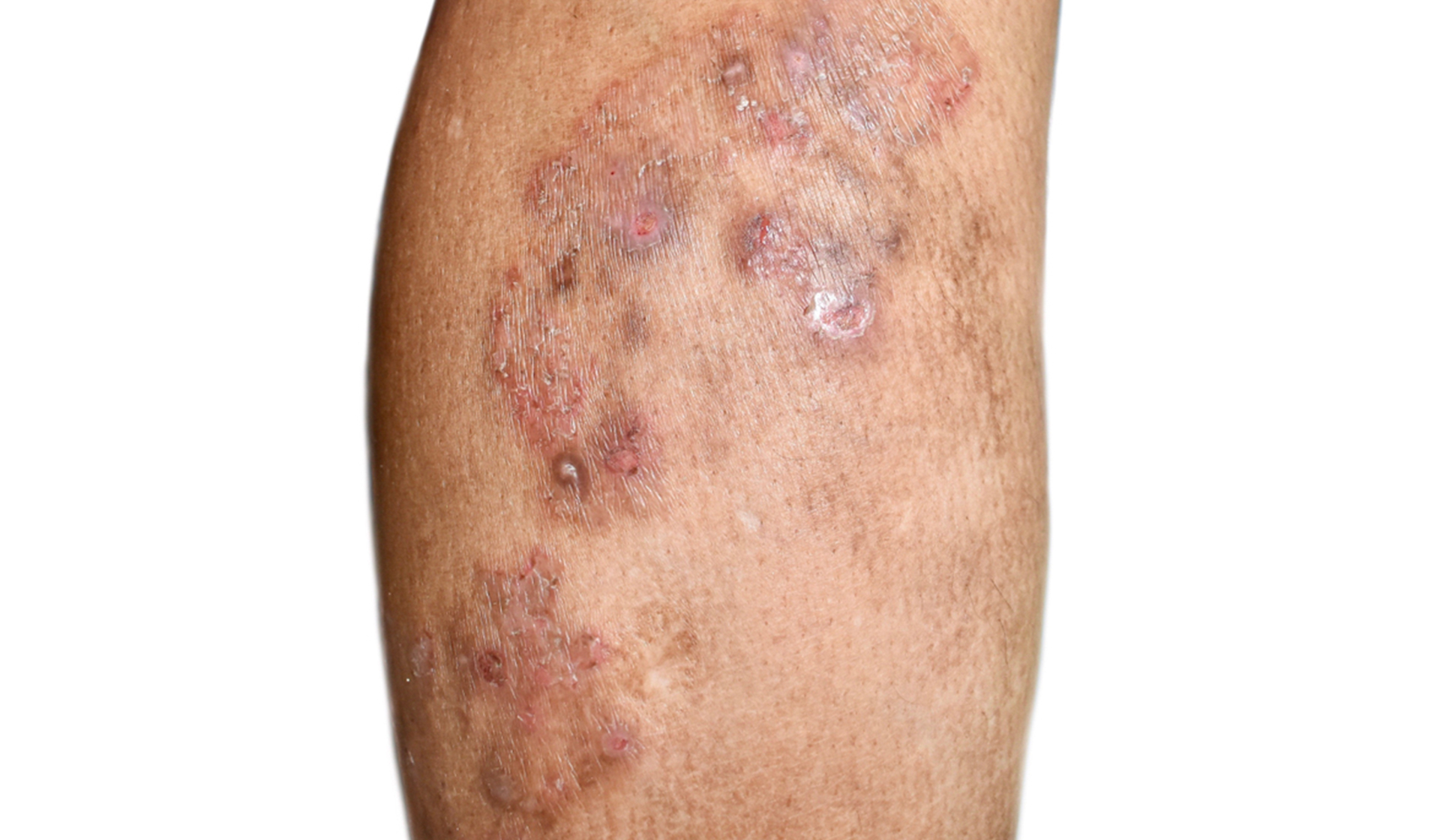Steroid modified tinea

Understanding Steroid-Modified Tinea
Steroid-modified tinea, also known as tinea incognito, is a unique form of fungal infection that arises when topical steroids are applied to an existing fungal skin condition. Tinea refers to a group of fungal infections caused by dermatophyte fungi, commonly known as ringworm. These fungi thrive in warm, moist environments and can affect various areas of the body, including the skin, scalp, and nails.
When topical steroids are applied to an area affected by tinea, they can suppress the typical signs and symptoms of the fungal infection, such as redness, itching, and scaling. This suppression of symptoms can lead to a misleading improvement in the appearance of the skin, giving the false impression that the infection has resolved.
Signs and Symptoms
Steroid-modified tinea can present with a variety of signs and symptoms, depending on the area of the body affected and the severity of the infection. Common manifestations include:
Redness: The affected area may appear red or inflamed, indicating underlying inflammation caused by the fungal infection.
Itching: Itching is a hallmark symptom of tinea infections, and steroid-modified tinea is no exception. Patients may experience intense itching, which can exacerbate the spread of the infection.
Scaling: The skin may become scaly or flaky, particularly in areas where the infection is more severe or longstanding.
Atypical Appearance: Steroid-modified tinea can take on atypical characteristics, such as a lack of classic ring-shaped lesions or a more widespread distribution across the affected area.
Secondary Infections: Prolonged use of topical steroids can weaken the skin’s natural defenses, making it more susceptible to secondary bacterial or fungal infections.
Other Services
Contact Us
- Hall no 1, Cidco Complex, Opp Navratna Hotel, Sector 48, Seawoods (w), Navi Mumbai 400706, Navi Mumbai
- +91 77569 87799
- Ozonecareclinic@gmail.com
Experiencing Skin Problems/ Hair Problems or Aging
